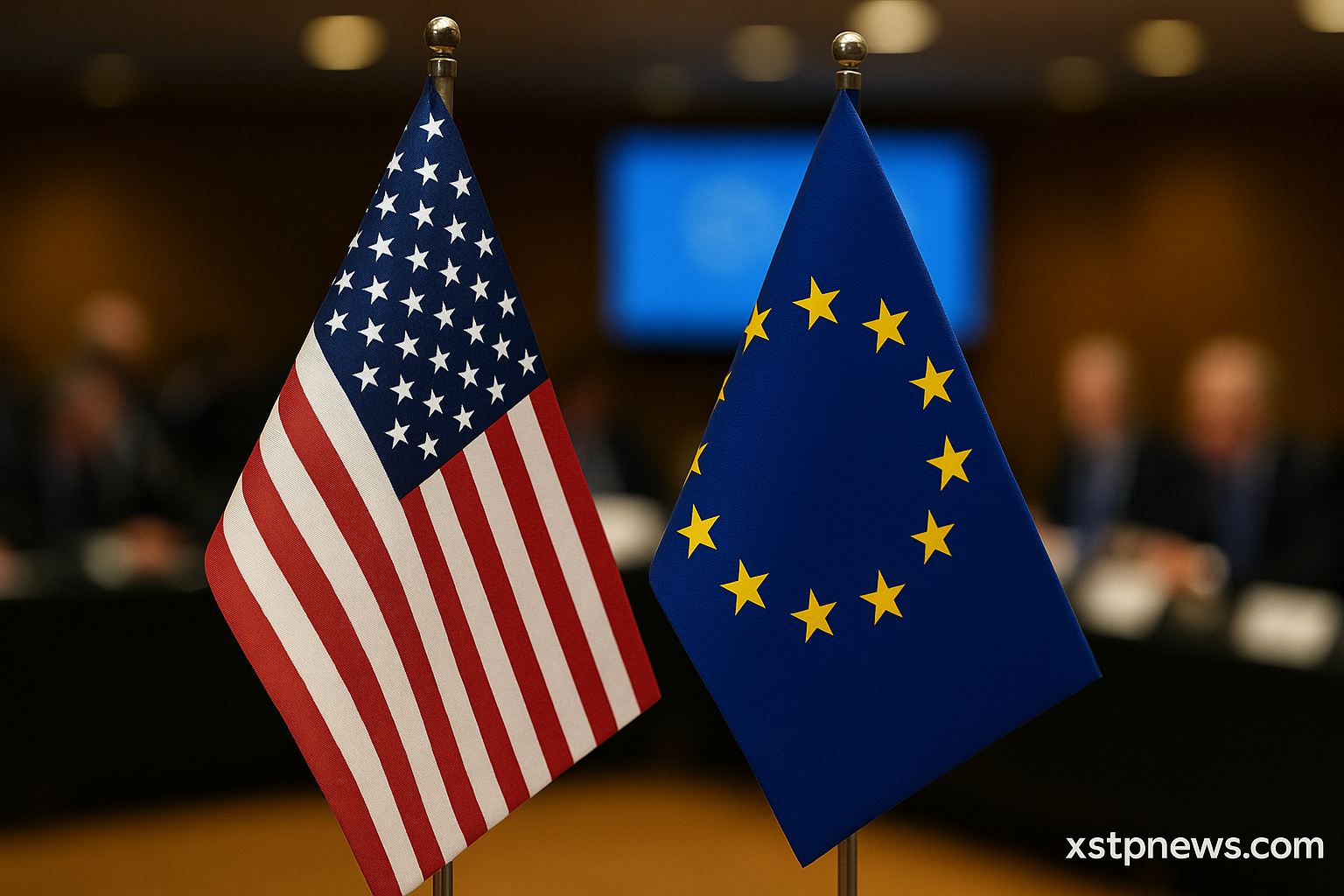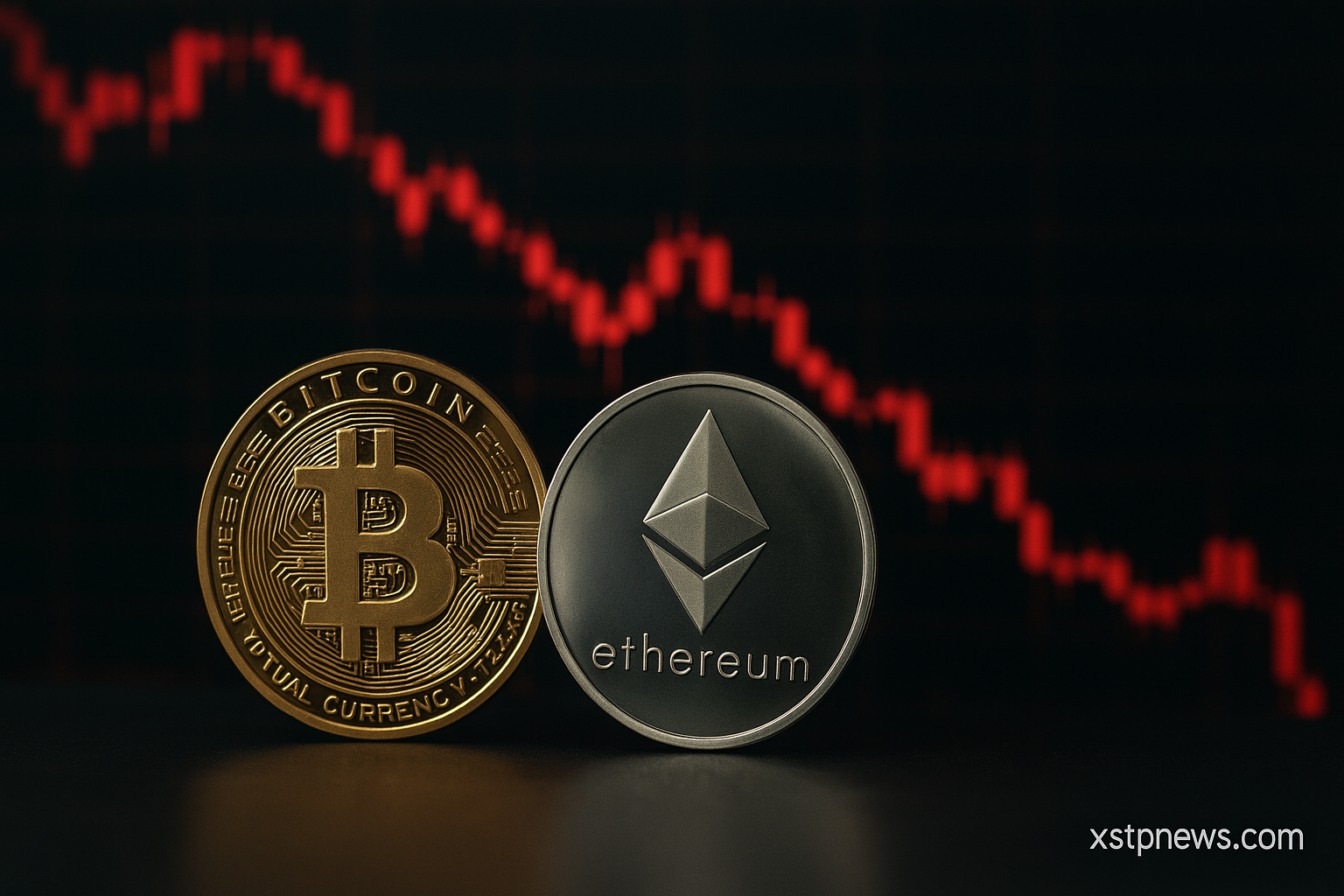The United States and the European Union have formalized a sweeping trade agreement that sets a 15% tariff on most European exports to the U.S. and unlocks $750 billion in EU commitments for American energy and technology.
Tariffs on EU goods
The deal establishes a 15% flat tariff on sectors such as pharmaceuticals, semiconductors, and lumber, while exceptions apply to aircraft, cork, and generic medicines, which will revert to Most Favored Nation rates. Automotive tariffs, currently above 27%, are expected to be reduced once the EU passes reciprocal legislation.
EU commitments in energy and technology
Under the agreement, the EU will purchase approximately $750 billion in U.S. energy exports by 2028, including LNG, oil, and nuclear. Additionally, Europe has committed to at least $40 billion in U.S. AI chips, while European firms are projected to invest an extra $600 billion in U.S. industries within the same timeframe.
Reciprocal concessions
In return, the EU pledged to eliminate tariffs on U.S. industrial goods and expand access for American agricultural and seafood exports. The agreement also covers digital trade protocols, environmental standards, and investment protections, aiming to modernize transatlantic trade relations.
Geopolitical backdrop
The negotiations began in July 2025 at Donald Trump’s Turnberry golf resort in Scotland, amid threats of a 30% tariff escalation. The final framework reflects a strategic compromise to rebalance trade flows and secure energy supply chains between Washington and Brussels.
Sources:
- Reuters – US, EU lock in trade deal; US official sees auto tariff relief in weeks
- AP News – US and EU frame the ongoing deal between the trading partners
- MarketWatch – U.S.–EU tariff deal includes LNG and AI chip purchases
- Financial Times – US, EU agree on trade framework with auto tariff provisions
- Investopedia – US, EU Formalize 15% Tariff Deal on Exports







